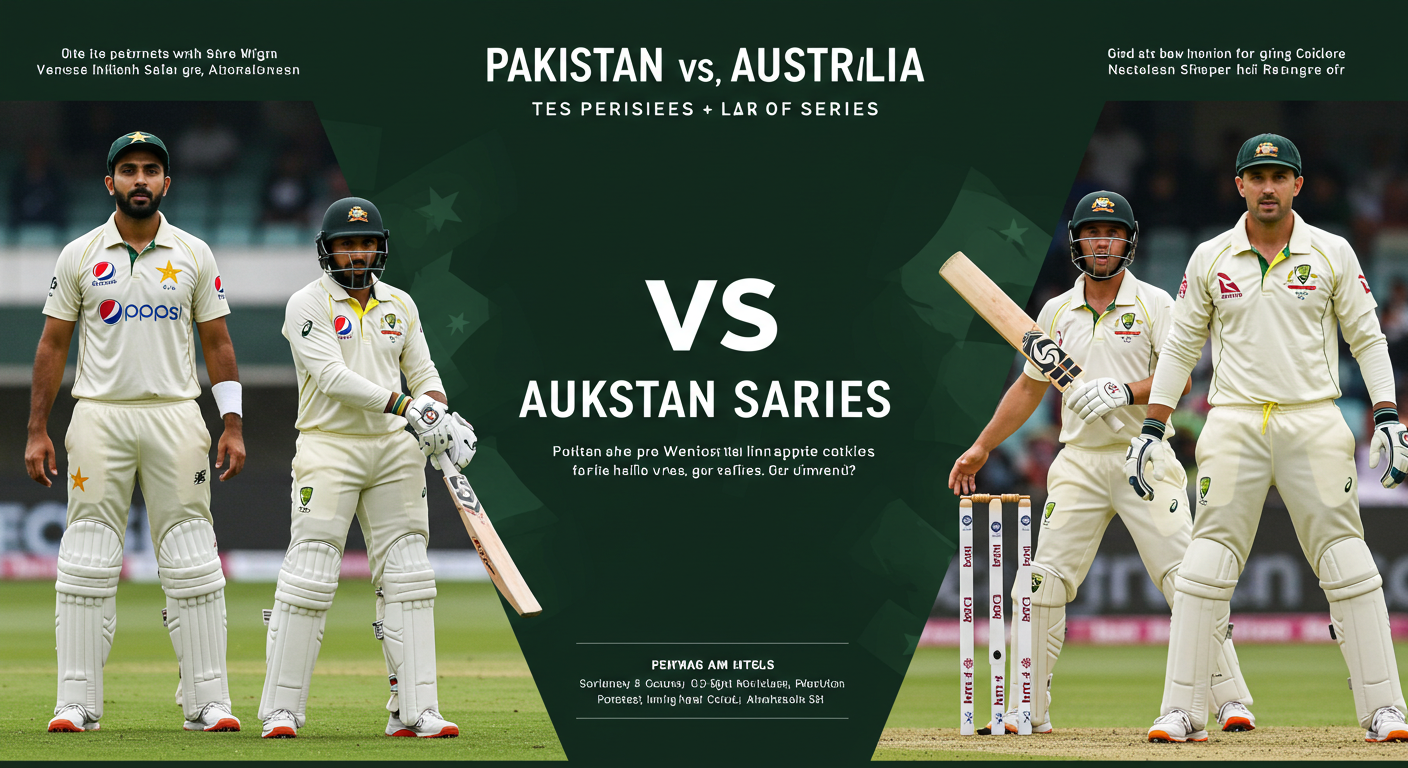Pakistan First-Class Cricket Salary: A Deep Dive into the Finances of Domestic Players

Pakistan First-Class Cricket Salary: A Deep Dive into the Finances of Domestic Players
Pakistan’s first-class cricket scene is a vital stepping stone for aspiring players aiming to reach the national team. But behind the on-field action lies a complex web of financial realities. How much do these players earn? What factors contribute to their salaries? This article aims to provide a comprehensive look at the intricacies of Pakistan first-class cricket salaries.
The Evolving Landscape of Domestic Cricket Earnings
The financial landscape of Pakistan first-class cricket is not static. Recent years have witnessed evolving trends, primarily driven by the increasing professionalization of the sport. This shift reflects a wider recognition of the crucial role domestic cricket plays in nurturing talent and supporting the national team. However, this evolution is not without its challenges, and the realities of player compensation remain multifaceted.
Historically, salaries for first-class cricketers in Pakistan were often less transparent, and the amount of compensation varied significantly based on factors like player reputation, performance, and personal connections within the cricketing community. Now, with growing interest and scrutiny, a more structured approach to player remuneration is slowly emerging. The focus is on attracting and retaining talented players by offering compensation that encourages dedication and a professional attitude.
Factors Influencing Player Salaries
A number of factors contribute to the complexities of first-class cricketer salaries in Pakistan. These factors aren’t always cut and dried, and the interplay can be quite dynamic.
- Performance: Consistent and outstanding performance on the field undeniably impacts a player’s earning potential. High scores, impressive bowling figures, and match-winning contributions will naturally command better salaries in various contractual agreements.
- Experience and Reputation: Players with extensive first-class experience and established reputations within the cricketing community are often considered more valuable assets. Their past performances and the reputation built over time typically influence contract offers.
- Team Affiliation: The role of team affiliations and the prestige of the teams they represent significantly influences compensation. Playing for a top-tier or more established team typically translates to more lucrative contract terms, often with sponsorship opportunities as well.
- Contract Structures: The specific nature of contracts is another critical element. Contracts can vary in their structure, ranging from short-term deals to multi-year commitments, and from fixed salaries to performance-based incentives.
- Sponsorship: Sponsorship plays a crucial role, particularly for established players or teams. Success attracts sponsors, and these sponsorship deals can significantly increase player salaries, often in the form of bonus schemes linked to performance or appearance fees.
- Board Policies and Regulations: The policies and regulations set by the governing cricket boards in Pakistan play a crucial role in determining the overall structure of player salaries. This includes factors like the overall cricket development strategy, player welfare policies, and potential incentives for outstanding performance.
A Look at the Salary Structure
Unfortunately, precise salary figures for Pakistan’s first-class cricketers are often not publicly available. This lack of transparency presents a challenge in providing a definitive picture. However, understanding the general framework of compensation is crucial to appreciating the financial considerations faced by players.
In general terms, first-class players can expect compensation that encompasses match fees, appearance fees, and potentially other benefits such as allowances or accommodation. The amount depends heavily on the factors previously mentioned, as well as the level of the team or tournament.
Challenges and Opportunities
While the Pakistani first-class cricket system plays a vital role, challenges persist. One of the main concerns is the uneven distribution of opportunities and compensation. Players from certain regions or teams may have fewer opportunities for advancement or higher salaries compared to others. This disparity can potentially hamper overall talent development and hinder the growth of the game.
Despite the challenges, opportunities abound. A more professionalized structure could potentially attract greater investment in facilities, training, and coaching, which could, in turn, elevate the overall standard of play and the earning potential for domestic cricketers. The growing popularity of cricket and the increasing demands for high-quality domestic players could lead to improved salaries and incentives in the future.
The Impact on Player Welfare
The financial realities faced by Pakistan’s first-class cricketers significantly impact their overall welfare. Adequate compensation is not merely about financial gain, but also about maintaining motivation, commitment, and well-being. Fair and transparent salary structures can foster a professional environment, encouraging dedication to the sport.
A system that prioritizes player well-being is essential for the long-term health and success of Pakistani cricket. This includes not only fair pay but also appropriate support systems like access to health care, education opportunities, and personal development programs. Such measures are crucial to maintaining the commitment and motivation of players at all levels.
Conclusion: A Look Towards the Future
The landscape of Pakistan’s first-class cricket salaries is in a constant state of flux. As the sport evolves and professionalism increases, so too should the structure of player compensation. Greater transparency and a more robust framework for determining salaries based on performance and merit will be crucial in driving the development of talent, attracting top players, and sustaining the future of Pakistan’s cricketing ecosystem. Ultimately, the journey towards fair compensation and well-being for all players is critical to the overall success of Pakistan’s first-class cricket.
This exploration into the finances of first-class cricketers highlights the importance of understanding the various interconnected factors impacting the player compensation ecosystem.
Further research and analysis are needed to paint a clearer and more precise picture of the financial realities of Pakistan’s first-class cricket players and will be instrumental in fostering further discussion and change in this ever-evolving sector.